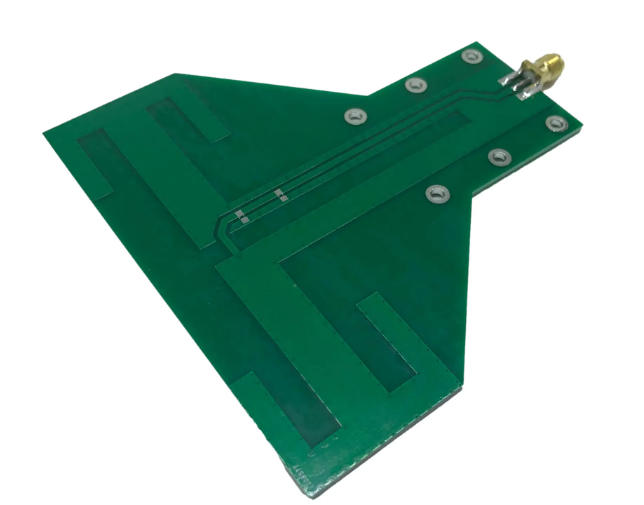What is a dipole antenna? What is a monopole antenna?
What is a dipole antenna? What is a monopole antenna?
A dipole antenna is an omnidirectional antenna with a shape similar to a circular rod, consisting of two equally sized metal radiation components fed at its center. The two ends of a dipole antenna are current wave nodes, similar to the current distribution on an open circuit transmission line. It covers with a horizontal 360 degree signal, and the emission angles of different sizes in the vertical direction enable good results in both horizontal and vertical polarization.

A monopole antenna is a vertical antenna with a quarter wavelength, installed on a ground plane and can be either an actual ground or an artificial ground. The feeding of a monopole antenna is carried out using coaxial cables at the lower end, and the grounding conductor of the feeding line is connected to the platform. In free space, the radiation pattern of a quarter wavelength monopole antenna in the vertical plane is similar in shape to that of a half wave dipole antenna in the vertical plane, but there is no underground radiation. On the horizontal plane, a vertical monopole antenna is omnidirectional.
The difference between dipole antenna and monopole antenna is as follows:
Shape and structure: A dipole antenna is a cylindrical omnidirectional antenna that is fed at its center; A monopole antenna, on the other hand, is a vertical antenna with a quarter wavelength, installed on a ground plane and can be either an actual ground or an artificial ground.
Current distribution: The two ends of a dipole antenna are current wave nodes; The feeding of a monopole antenna is carried out using coaxial cables at the lower end, and the grounding conductor of the feeding line is connected to the platform.
Radiation pattern: Dipole antenna is covered by a horizontal 360 degree signal, and different omnidirectional antennas have different sizes of vertical transmission angles; The radiation pattern of a monopole antenna in the vertical plane is similar in shape to that of a half wave dipole antenna in the vertical plane, but there is no underground radiation. On the horizontal plane, a vertical monopole antenna is omnidirectional.
Input impedance and radiation power: The input impedance at the root of a quarter wavelength monopole antenna is half of the impedance of a dipole antenna, and the radiation power is also half of the impedance of a dipole antenna.
Overall, dipole antennas and monopole antennas have their own characteristics and advantages, and the choice of antenna depends on specific communication needs and application scenarios.
There are differences between broadband antennas and dipole antennas in the following aspects:
Current distribution: The current distribution on a broadband antenna is a standing wave distribution, and its impedance and directional characteristics change with frequency, so their frequency bands are very narrow. However, the current distribution on a dipole antenna is a linear current distribution, and its impedance and directional characteristics vary with frequency.
Working principle: In a broadband antenna, when the feeding point is short circuited, resonance will occur at a specific frequency, just like a plucked guitar string. In a dipole antenna, if the feeding point of the antenna is short circuited, it will also generate resonance at a specific frequency, but its resonance characteristics depend on its length (or operating wavelength).
Application scenario: Broadband antennas are mainly used in situations that require broadband communication, while dipole antennas are mainly used in simple communication systems. Dipole antennas can also be used as resonant antennas, and if the feeding point of this antenna is short circuited, it will generate resonance at a specific frequency.





